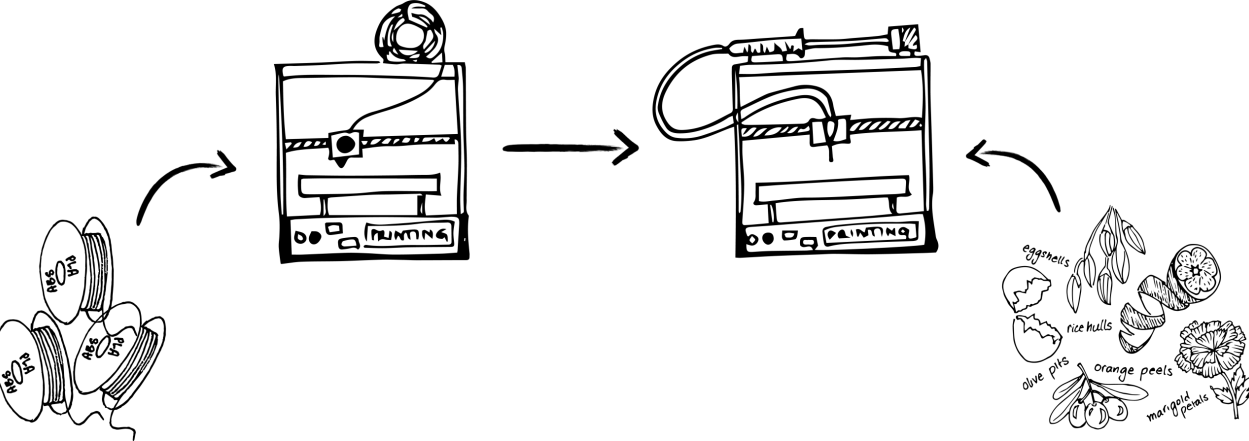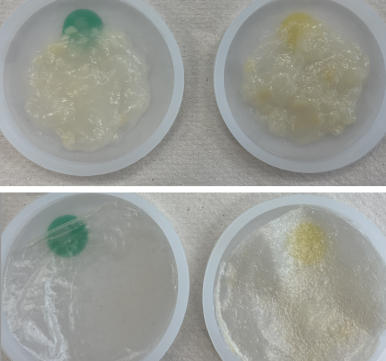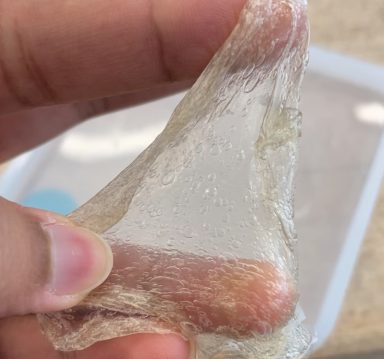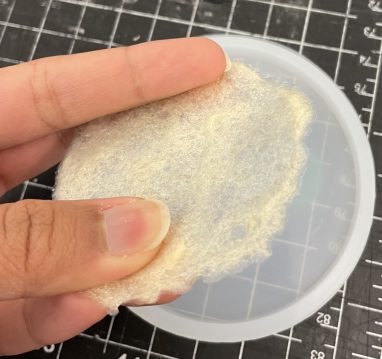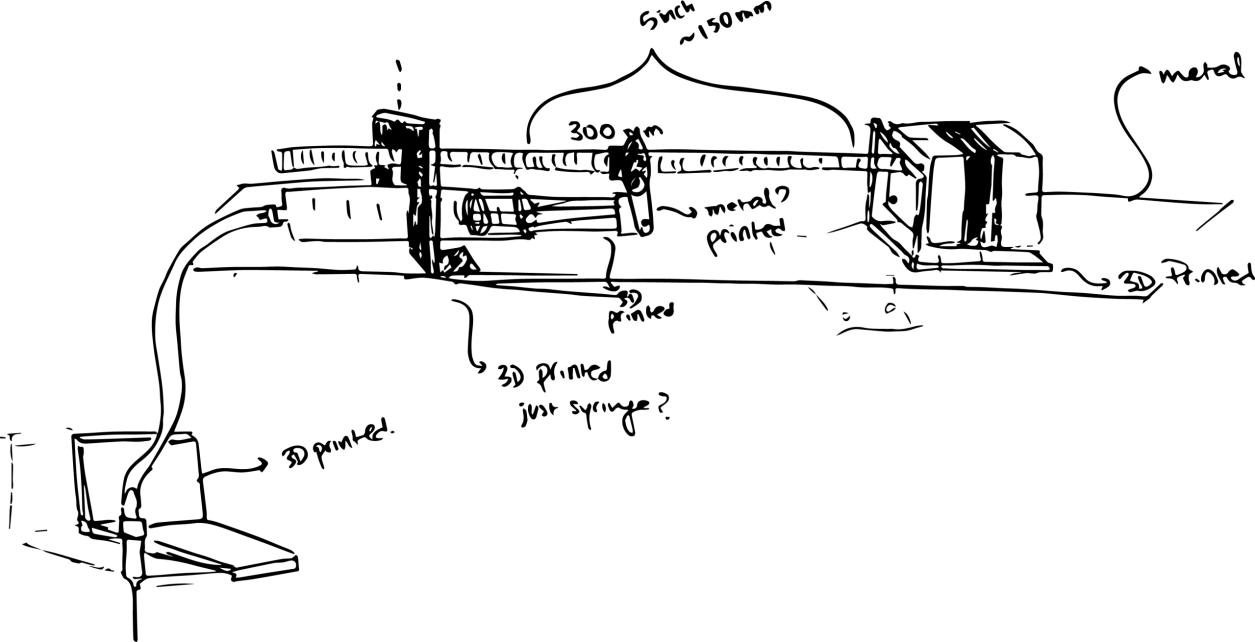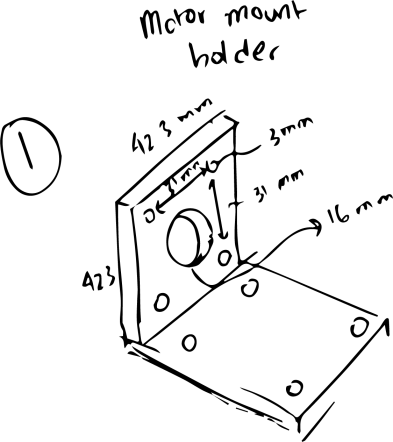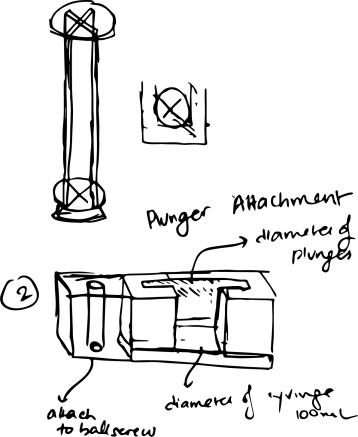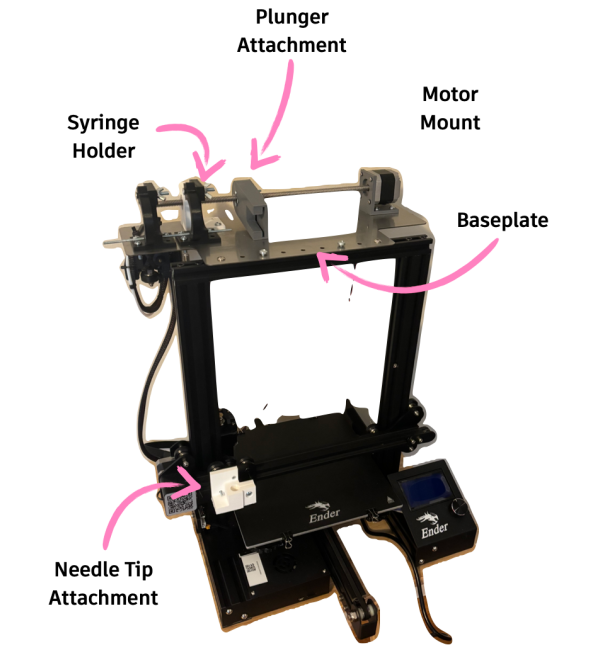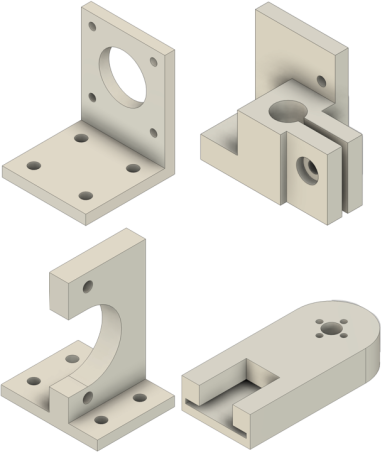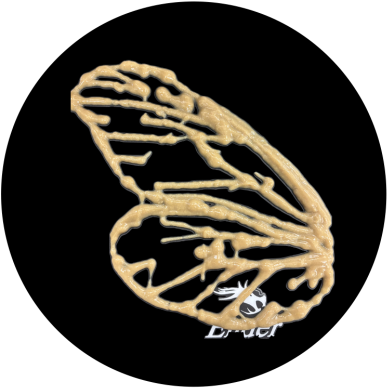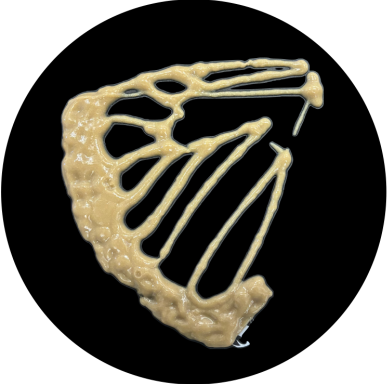Community Bioprinting
Creating an open source model and method to turn affordable filament printers into gel-based bioprinters to encourage sustainable design in makerspaces.
AutoCAD 3D Modeling
Hardware Design
Biodesign
Duration
4 months
Recognition
Innovation Catalyst Grant, 2023 (Jacobs Institute for Design Innovation)

Motivation
The vision is to create a low-cost bioprinter that is open source, and available to anyone, from hobbyists to students.
Design Proposition
The bioprinter is designed to extrude gel-like materials through a syringe mechanism. To make this as low cost as possible, I kept the bill of materials under $150.
I purchased an Ender-3 Printer ($99 Black Friday Sale), various hardware (screws, ball bearings, and stepper motor, <$50). I used the printer to 3D print in PLA all the required parts for a mounted syringe mechanism, and reconfigured the hardware assembly, electrical connections, and G-code to allow for no-heat printing.
Materials Design
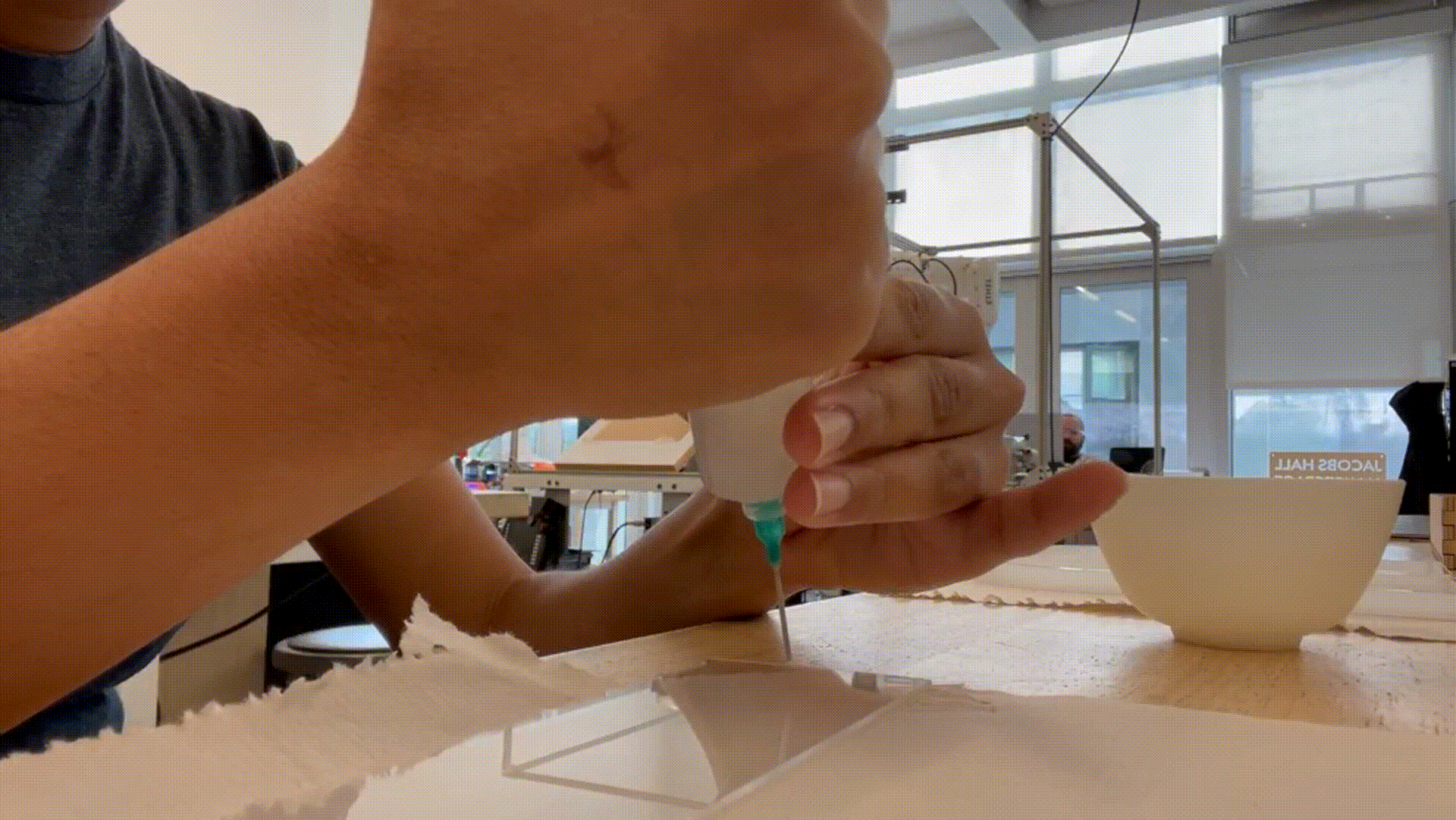
Initial tests on "slopping" of the material was done with a syringe to mimic the behavior of the 3D printer, and understand the pressure and nozzle sizing required.
Hardware Design
All hardware was designed in Fusion 360, and printed on Ender-3. The 3D models are still getting refined; the end goal is to publish them online along with instructions on assembly. Current roadblocks include that the stepper motor in the current design does not have sufficient torque to extrude more viscous materials, and a gear system will need to be used.
Parts were assembled using basic hardware (bolts, threaded rods, screws, ball bearings) and the syringe mechanism was mounted on a laser cut aluminum base.
Outcome
The final printed outcome utilizing the recipe mentioned above with dried orange peels as the filler. There are still a few kinks to work through on the mechanical assembly and material formulation side. Utilizing gears will allow for higher torque with the stepper motor, and allow for more viscous materials to be printed. This can also allow for taller 3D structures. With the current set up, only two layers can be printed due to the lower viscosity.
